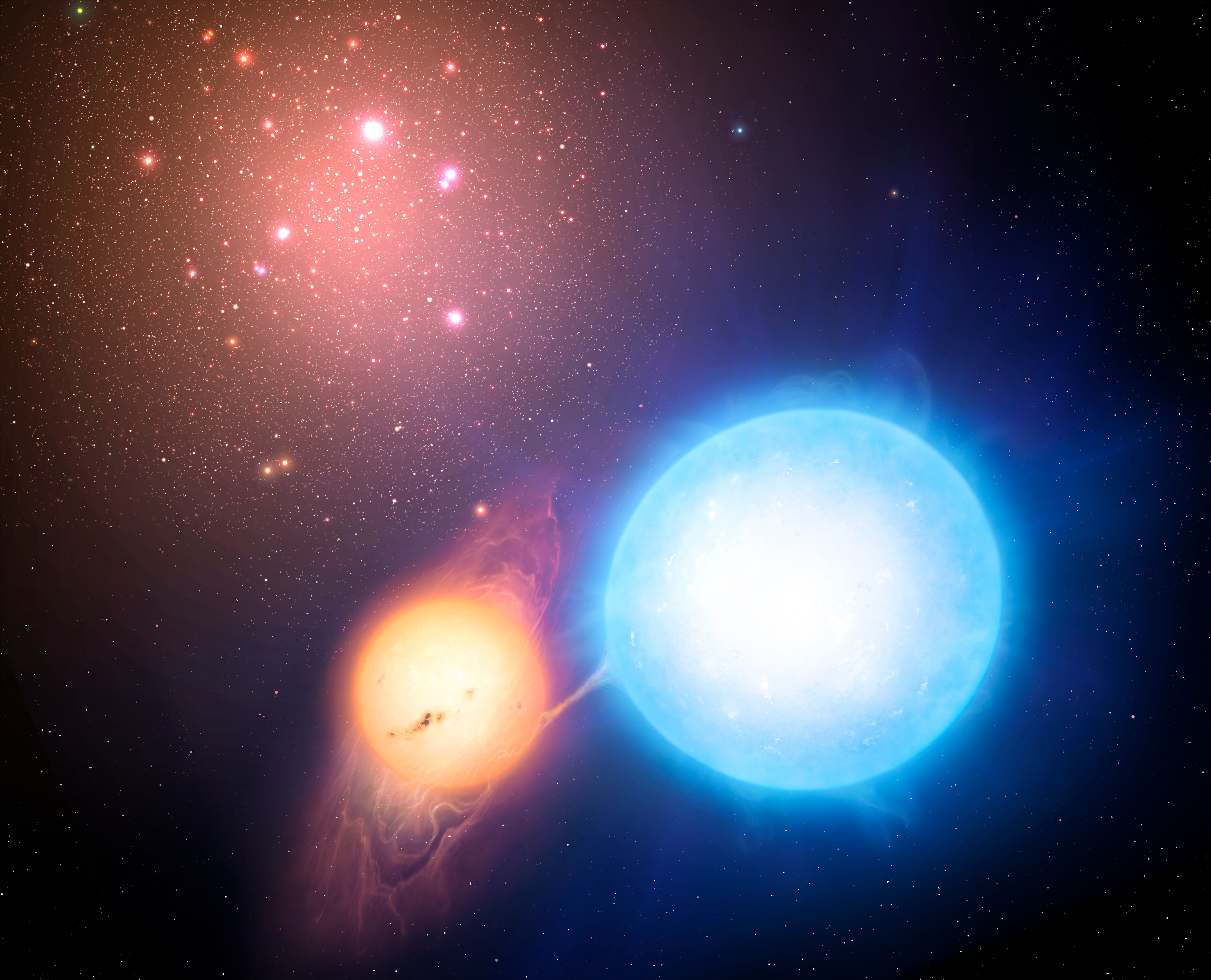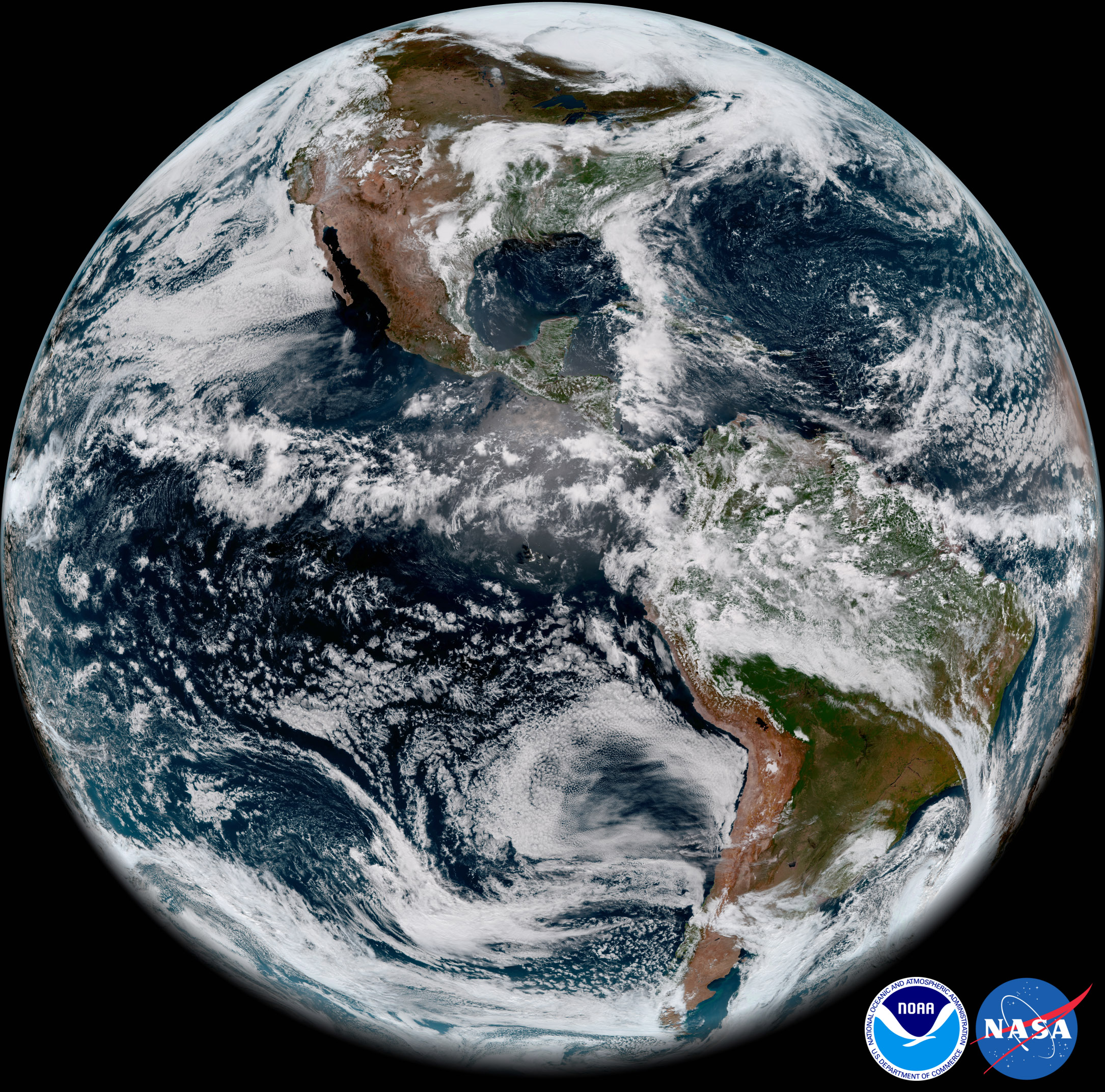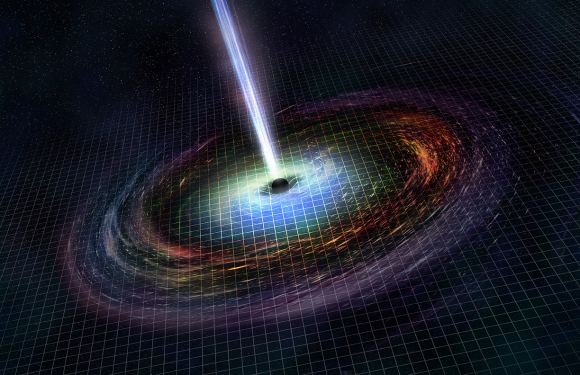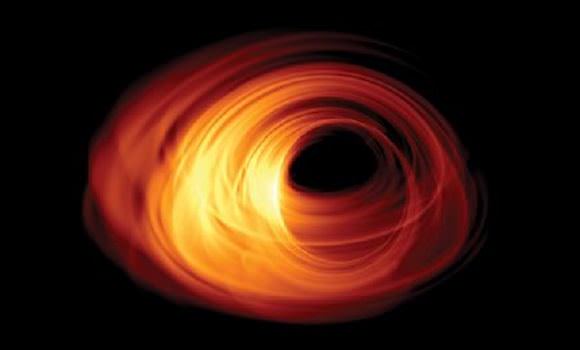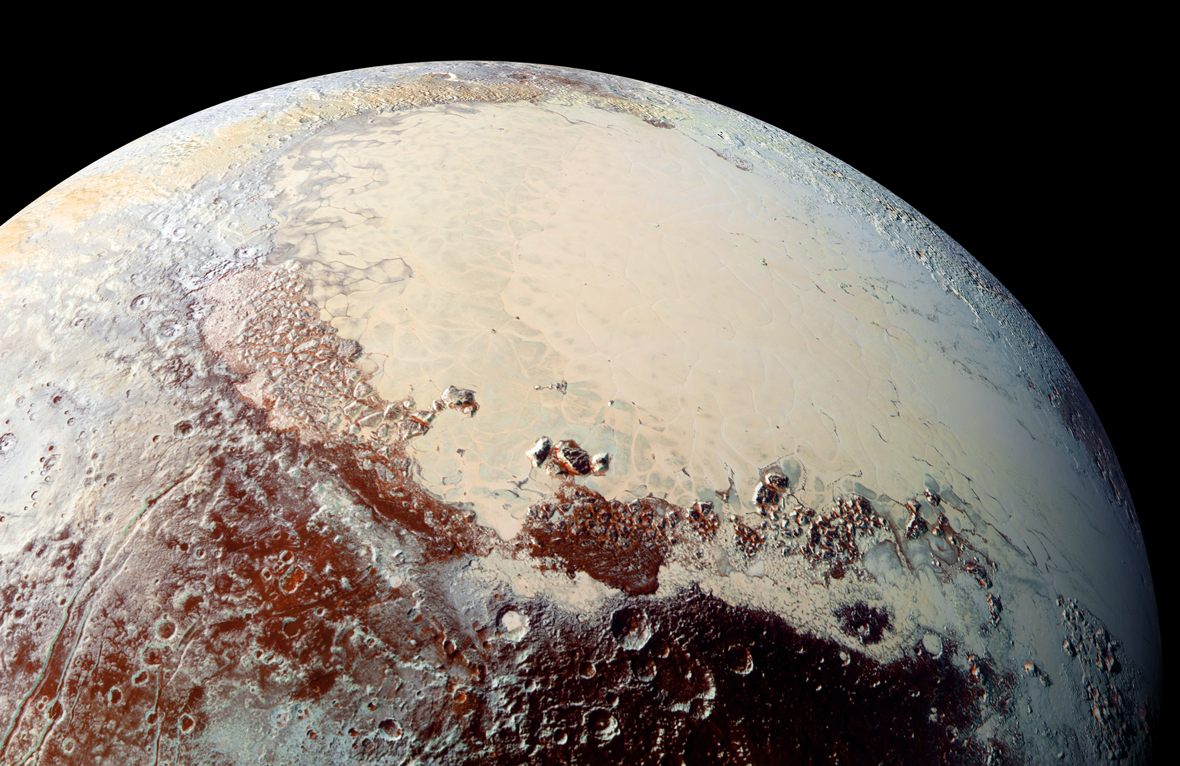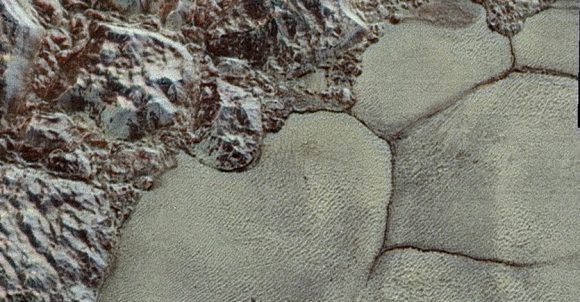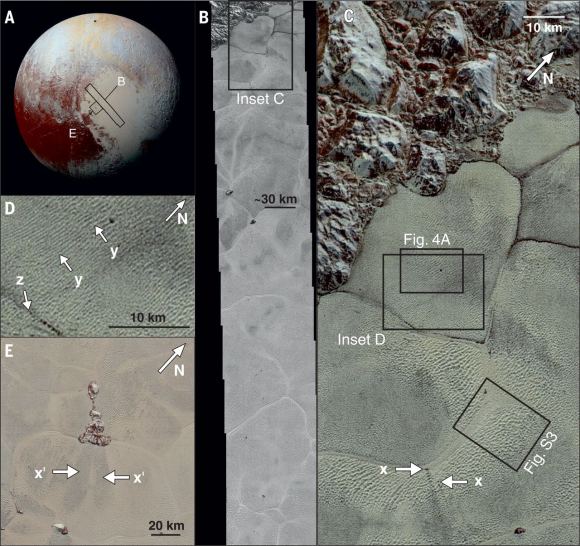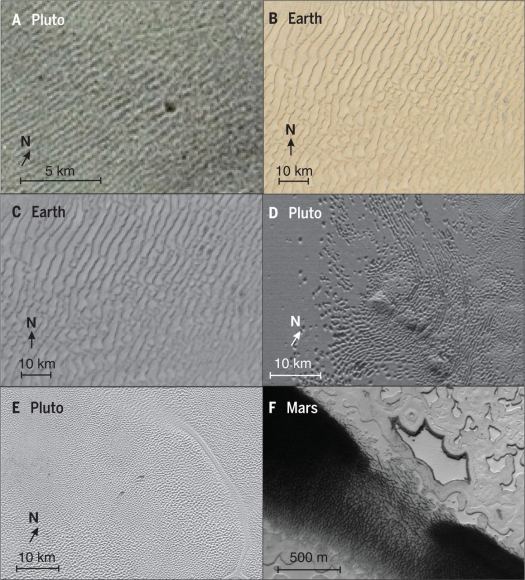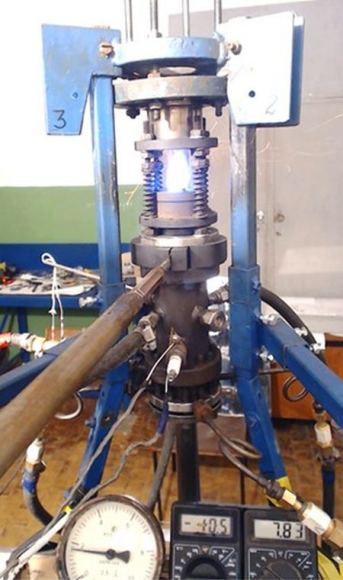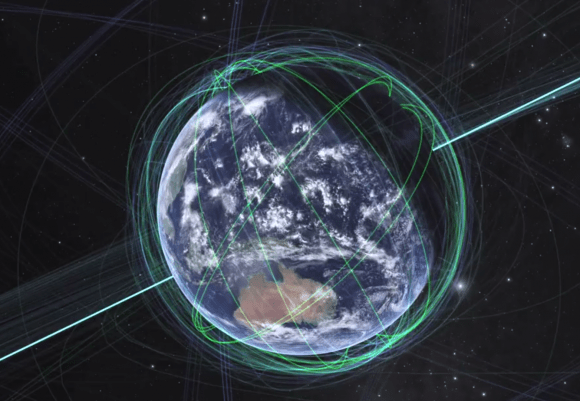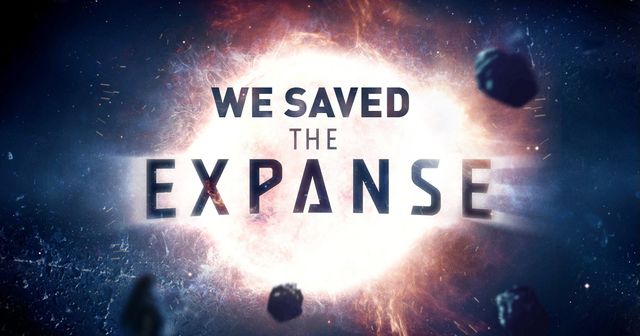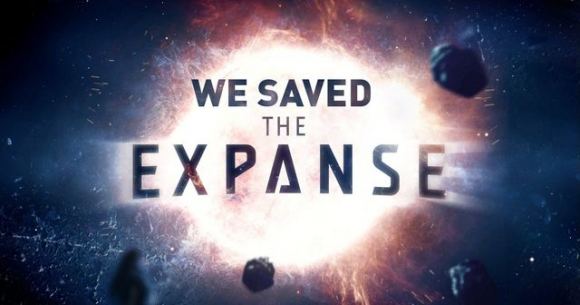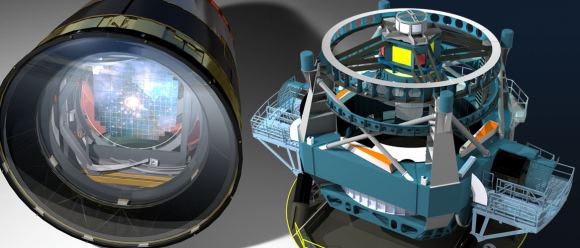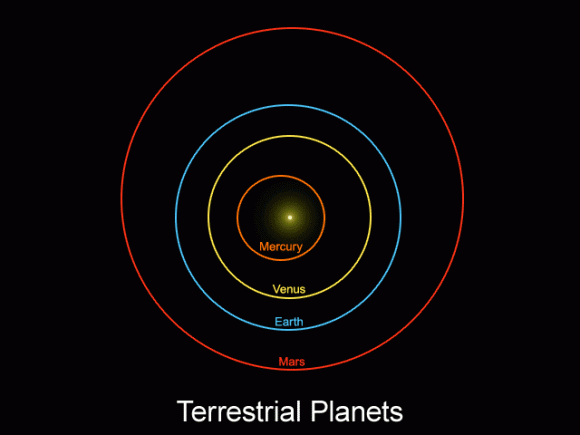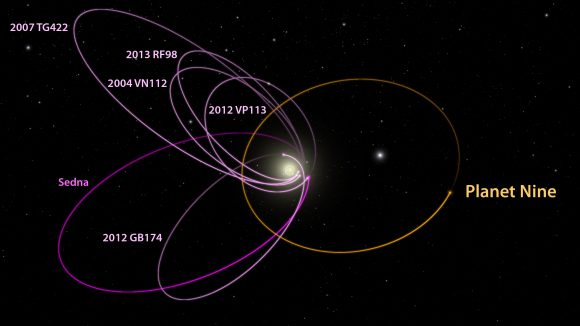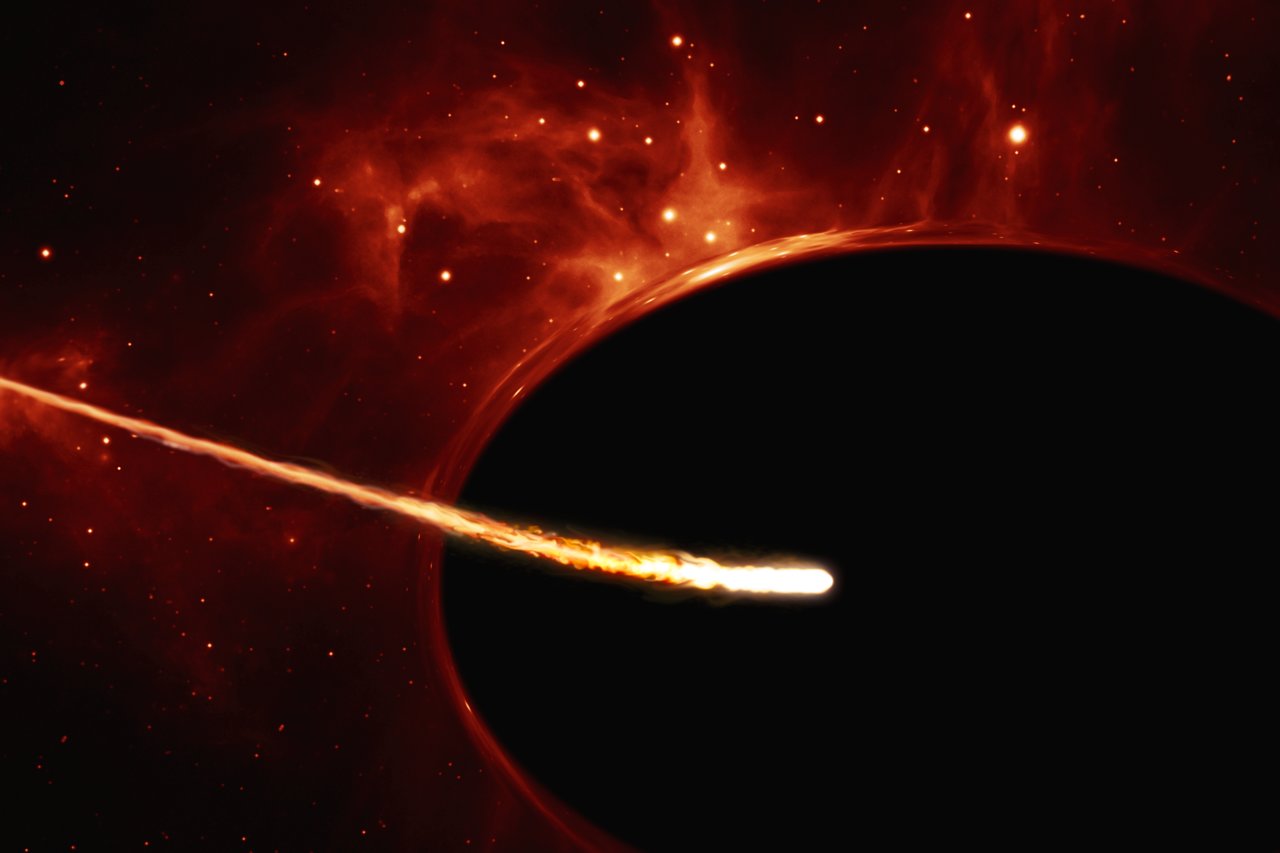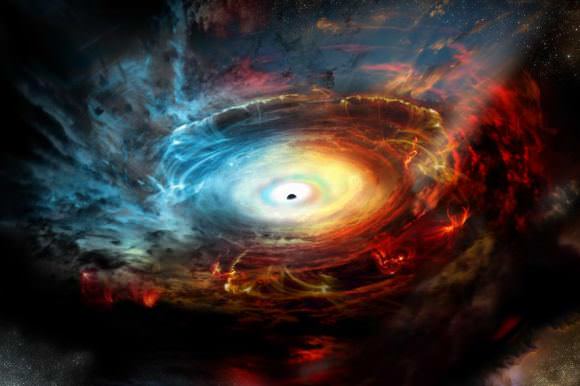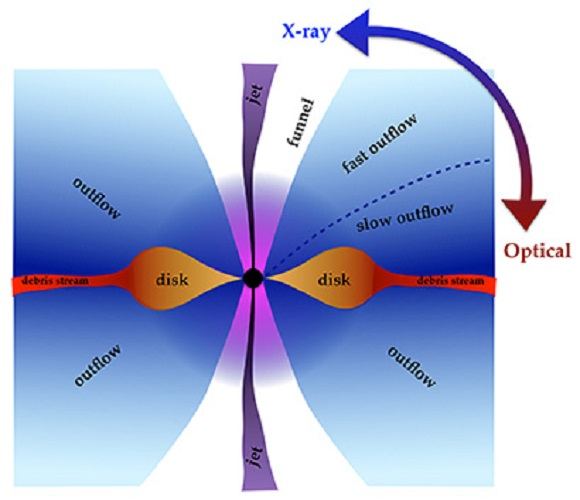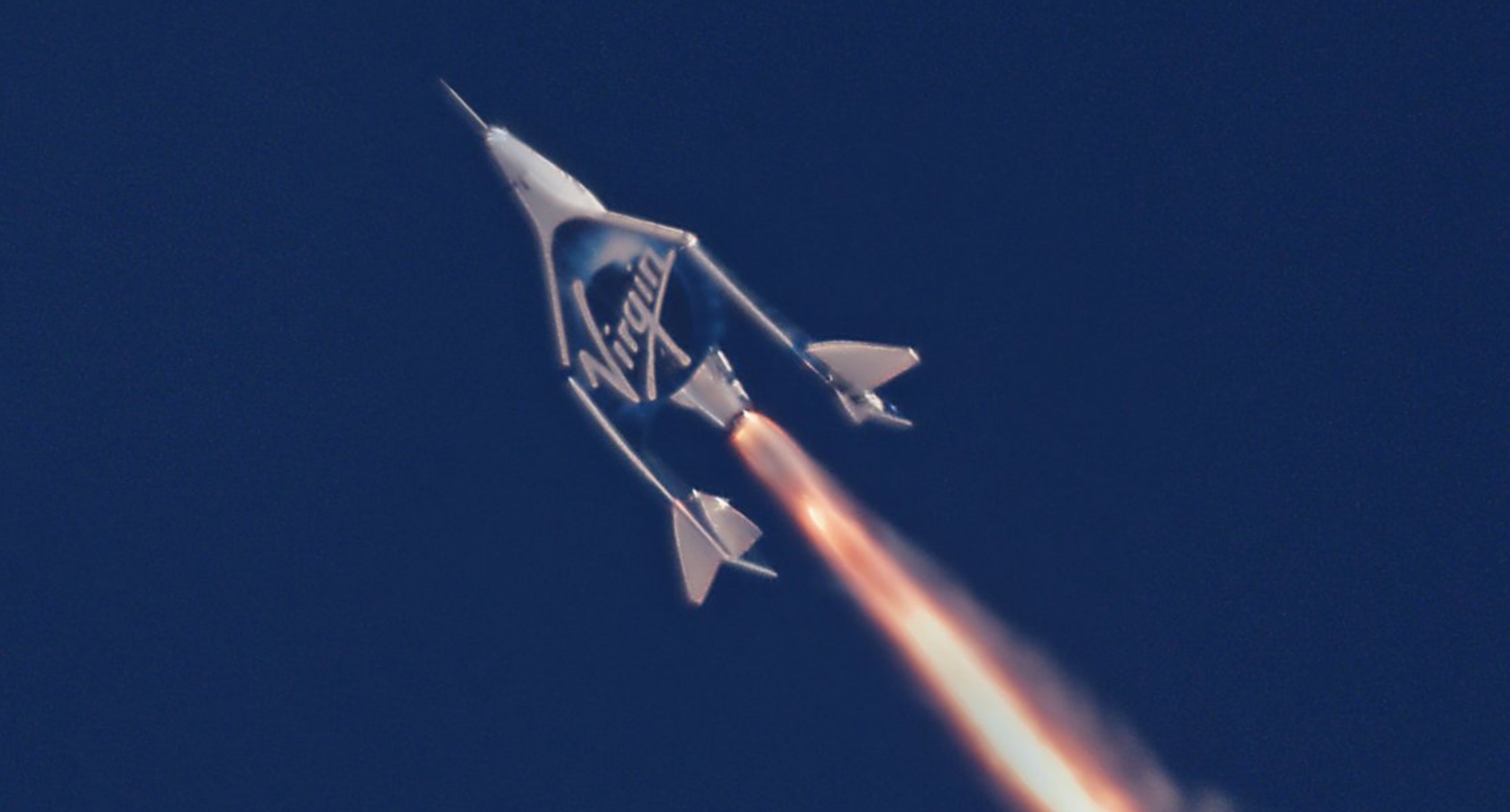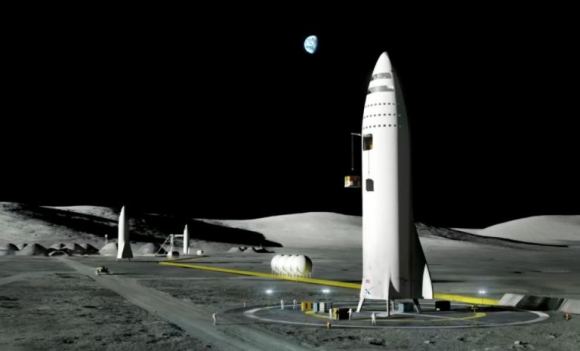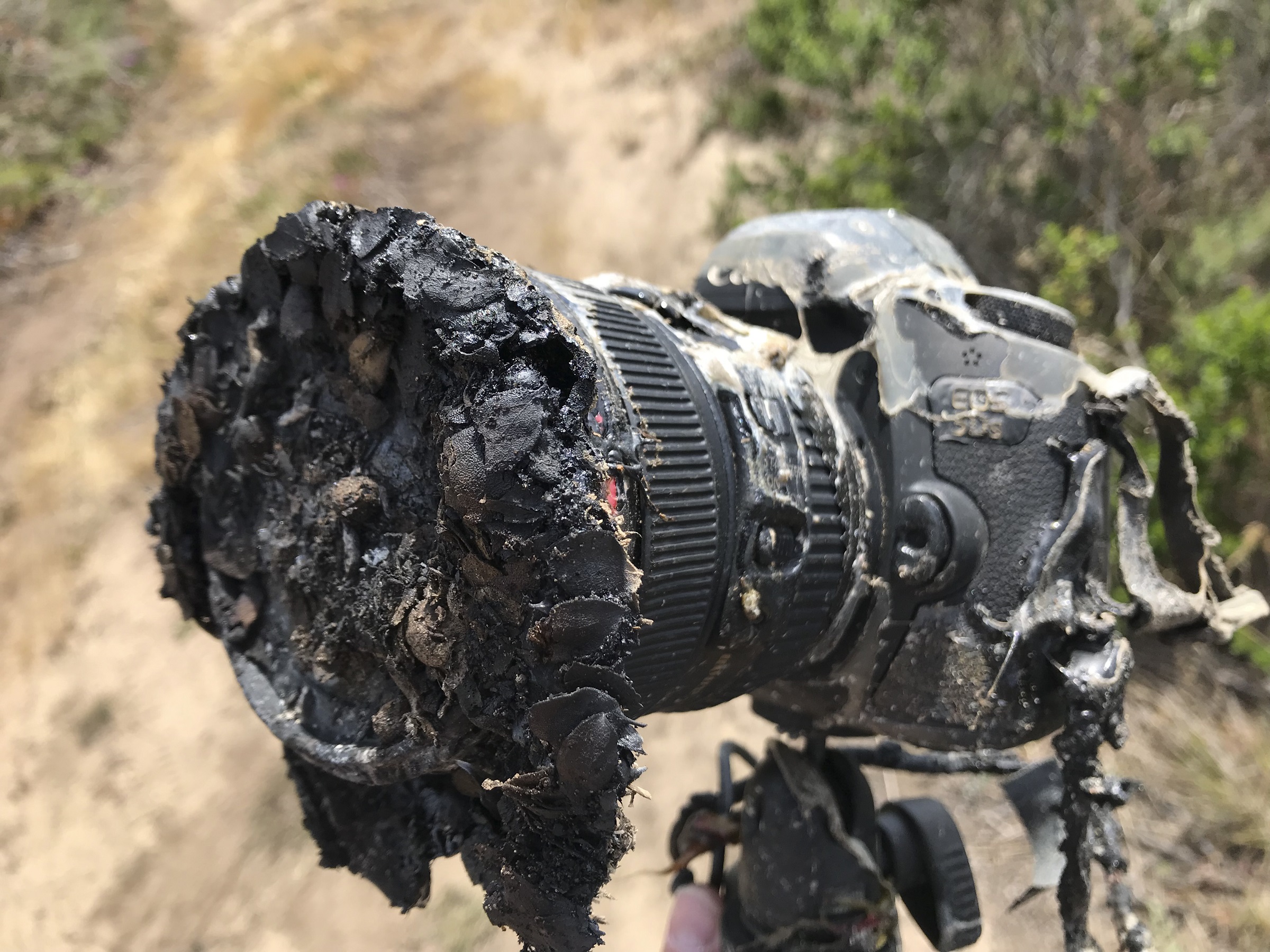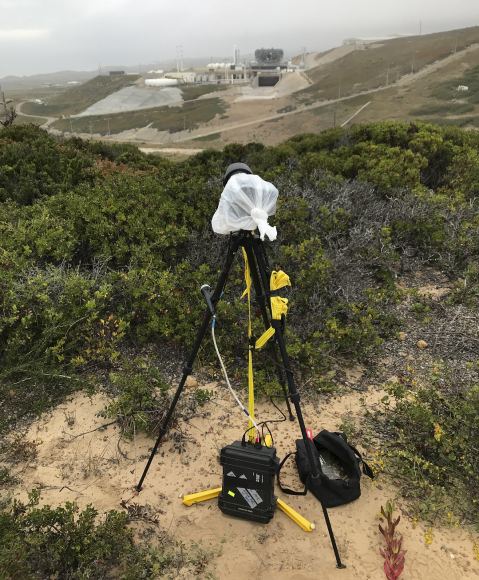Globular clusters have been a source of fascination ever since astronomers first observed them in the 17th century. These spherical collections of stars are among the oldest known stars in the Universe, and can be found in the outer regions of most galaxies. Because of their age and the fact that almost all larger galaxies appear to have them, their role in galactic evolution has remained something of a mystery.
Previously, astronomers were of the opinion that globular clusters were some of the earliest stars to have formed in the Universe, roughly 13 billion years ago. However, new research has indicated that these clusters may actually be about 4 billion years younger, being roughly 9 billion years old. These findings may alter our understanding of how the Milky Way and other galaxies formed, and how the Universe itself came to be.
The study, titled “Reevaluating Old Stellar Populations“, recently appeared online and is being evaluated for publication in The Monthly Notices for the Royal Astronomical Society. The study was led by Dr. Elizabeth Stanway, an Associate Professor in the Astronomy group at the University of Warwick, UK, and was assisted by Dr. J.J. Eldridge, a Senior Lecturer at the University of Auckland, New Zealand.
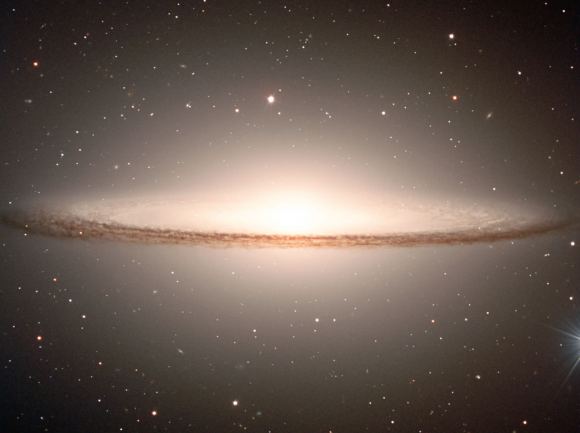
For the sake of their study, Dr. Stanway and Dr. Eldridge developed a series of new research models designed to reconsider the evolution of stars. These models, known as Binary Population and Spectral Synthesis (BPASS) models, had previously proven effective in exploring the properties of young stellar populations within the Milky Way and throughout the Universe.
Using these same models, Dr. Stanway and Dr. Eldridge studied a sample of globular clusters in the Milky Way and nearby quiescent galaxies. They also took into account the details of binary star evolution within globular clusters and used them to explore the colors of light and spectra from old binary populations. In short, binary star system evolution consists of one star expanding into a giant while the gravitational force of the smaller star strips away the atmosphere of the giant.
What they found was that these binary systems were about 9 billion years old. Since these stars are thought to have formed at the same time as the globular clusters themselves, this demonstrated that globular clusters are not as old as other models have suggested. As Dr. Stanway said of the BPASS models she and Dr. Eldridge developed:
“Determining ages for stars has always depended on comparing observations to the models which encapsulate our understanding of how stars form and evolve. That understanding has changed over time, and we have been increasingly aware of the effects of stellar multiplicity – the interactions between stars and their binary and tertiary companions.
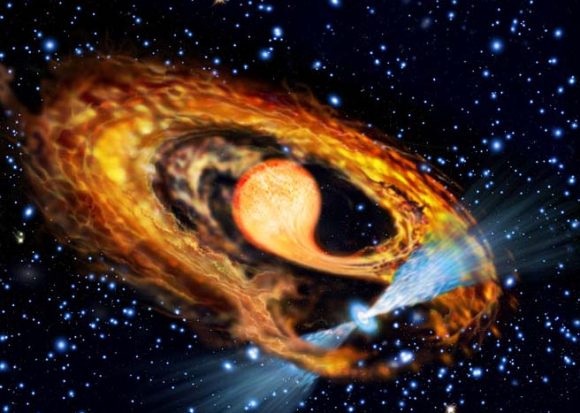
If correct, this study could open up new pathways of research into how massive galaxies and their stars are formed. However, Dr. Stanway admits that much work still lies ahead, which includes looking at nearby star systems where individual stars can be resolved – rather than considering the integrated light of a cluster. Nevertheless, the study could have immense significant for our understanding of how and when galaxies in our Universe formed.
“If true, it changes our picture of the early stages of galaxy evolution and where the stars that have ended up in today’s massive galaxies, such as the Milky Way, may have formed,” she said. “We aim to follow up this research in the future, exploring both improvements in modelling and the observable predictions which arise from them.”
An integral part of cosmology is understanding when the Universe came to be the way it is, not just how. By determining how old globular clusters are, astronomers will have another crucial piece of the puzzle as to how and when the earliest galaxies formed. And these, combined with observations that look to the earliest epochs of the Universe, could just yield a complete model of cosmology.
Further Reading: University of Warwick, arXiv

